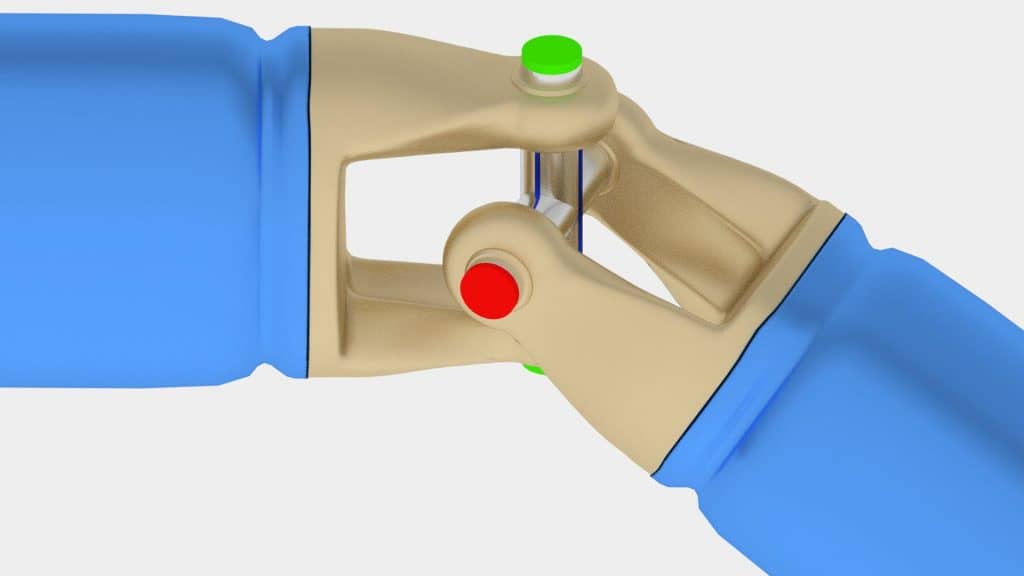For an engineering student, it is nearly impossible to understand the intricate working of the universal joint in the first go. But we’ll try to make it as easy as possible!
A universal joint is a mechanical device between rotating shafts that are usually not parallel but intersecting. They are used to transmit motion, power and/or rotary motion between two points that are not in line with each other.
The simplest type is known as the Cardan joint or Hooke joint, shown in the figure below.
The joint consists of two yokes, one on each shaft that is connected by a cross-shaped member called the spider. The constant angle between the two shafts is known as the operating angle, although it can also change. Good design calls of operating angles less than 25°. When a universal joint is connected to the both ends of a shaft, it is known as a constant velocity joint.
Watch this video below by Learn Engineering to understand the workings of a universal joint
Universal joints come in a lot of shapes and sizes that enable them to accommodate an infinite amount of applications. Universal joints are used in aircraft, appliances, instrumentation, medical, control mechanisms, electronics and optical devices along with sewing machines, ordnance, textile machinery and tool drives.
The most common application of the universal joint to hold the propeller shaft of a vehicle, which can be seen in the video below!

